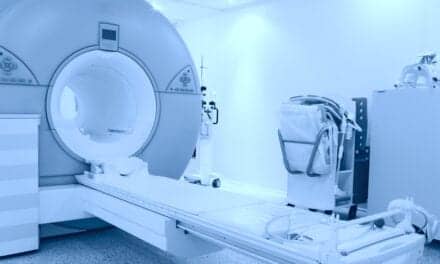Schizophrenia, a neurodevelopmental disorder that features psychosis among its symptoms, is thought to arise from disorganization in brain connectivity and functional integration. Now, a new study in Biological Psychiatry: Cognitive Neuroscience and Neuroimaging finds differences in functional brain connectivity in people with and without psychosis and schizophrenia that could help researchers understand the neural underpinnings of this disease.
The brain’s cortex is organized in a hierarchical fashion, anchored by the sensorimotor cortex at one end and by multimodal association areas at the other, with the task of integrating incoming sensory information with internal and external sensory signals. The loss of executive control in schizophrenia may stem from disruption of this hierarchical signaling.
Alexander Holmes, a PhD candidate at Monash University who led the study, says, “We used brain imaging and novel mathematical techniques to investigate the hierarchical organization of the brains of individuals with early psychosis and established schizophrenia. This organization is important for brain health, as it regulates how we can effectively respond to and process stimuli from the external world.”
The researchers used resting-state functional MRI (fMRI) to measure gradients, an estimate of inter-regional functional coupling. Previous work had suggested that the primary sensory-fugal gradient was disrupted with schizophrenia, but the current study showed instead that secondary processing of the sensorimotor-visual gradient was affected in people with the disease.
Holmes adds, “We found that the organizational pattern that differentiates visual and sensorimotor pathways is significantly impaired in individuals with schizophrenia but not in individuals with early psychosis. We then found that this impairment explains behavioral and clinical symptoms of schizophrenia. Our results highlight that changes in brain organization provide valuable insights into the mechanisms of schizophrenia, helping us better understand the disease and how it progresses.”
Cameron Carter, MD, editor of Biological Psychiatry: Cognitive Neuroscience and Neuroimaging, also addressed the study, commenting: “These new approaches to test mathematical models of the organization of circuits in the human brain are beginning to reveal the nature of the disruption of neural integration that underlies psychotic symptoms in people with schizophrenia. Targeting these changes offers a new approach to how we think about developing treatments for this often difficult to treat illness.”






